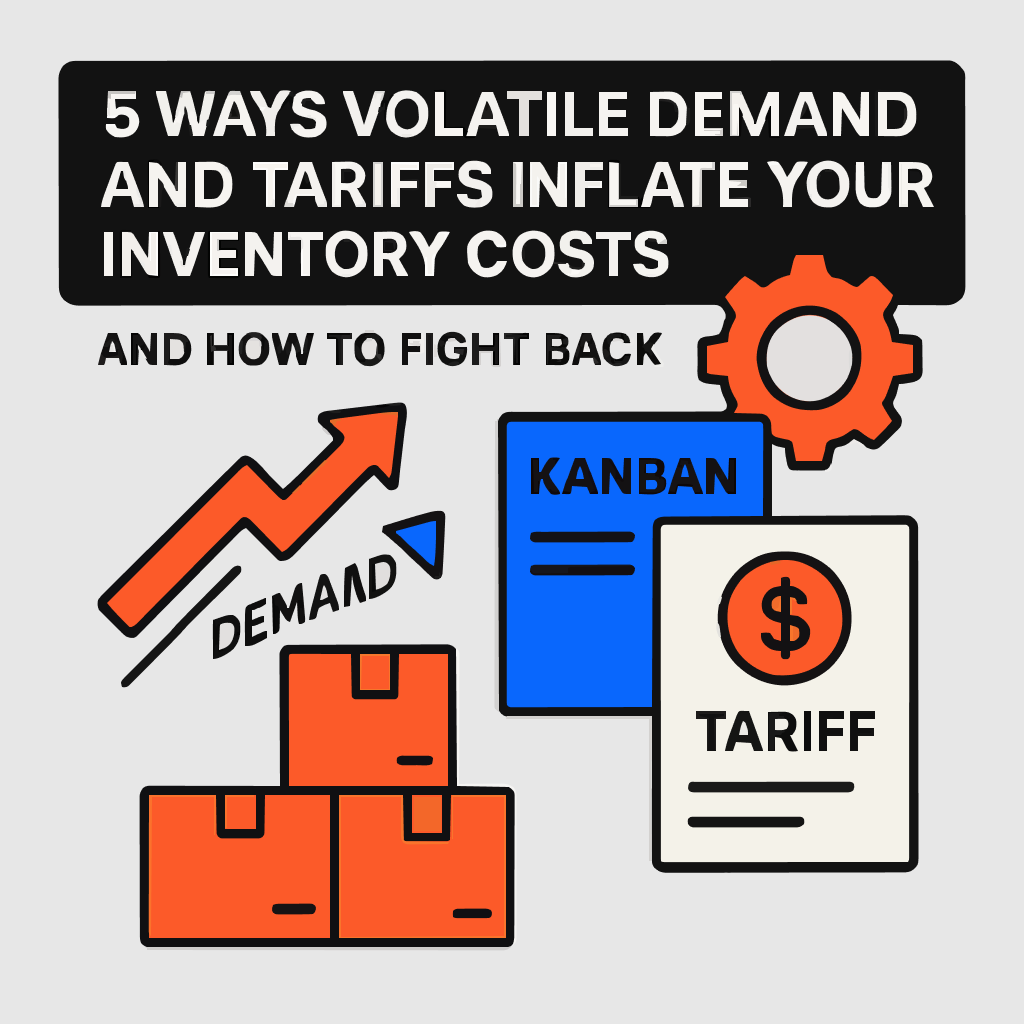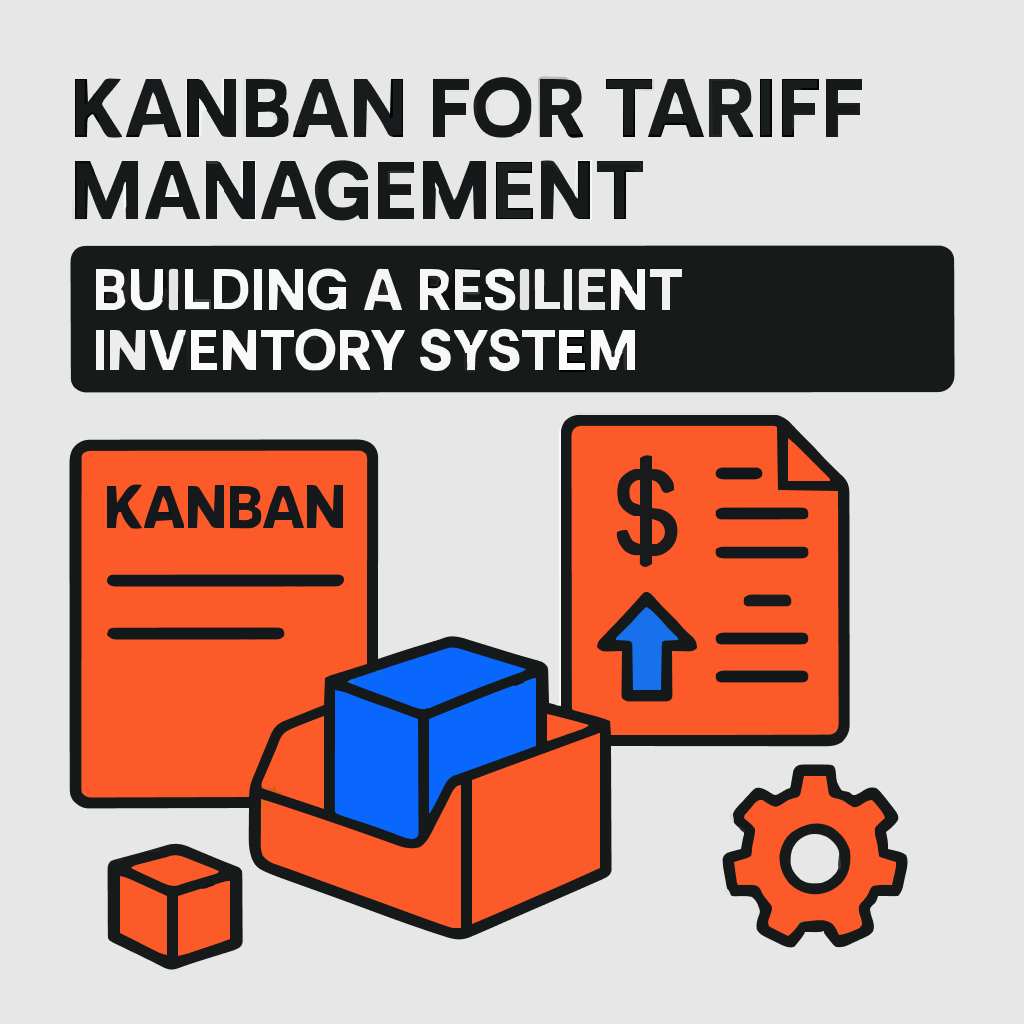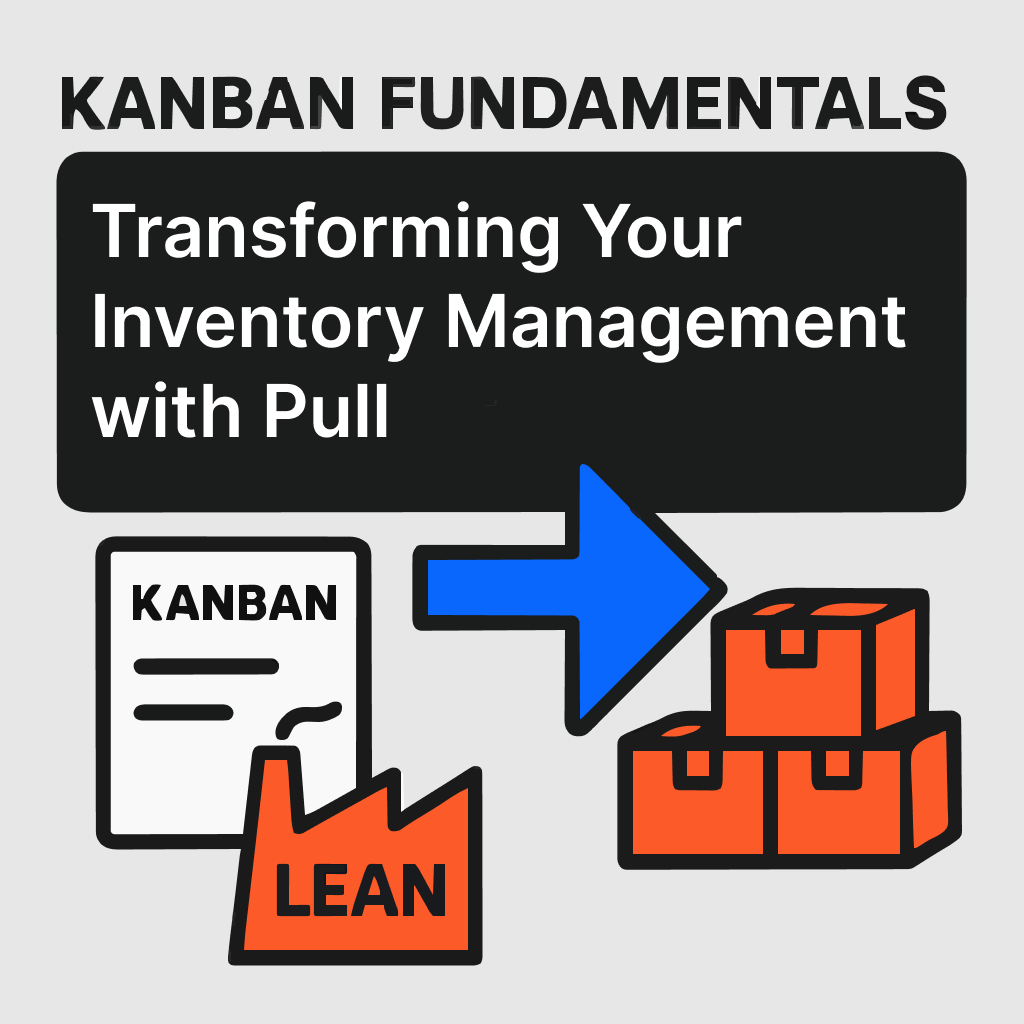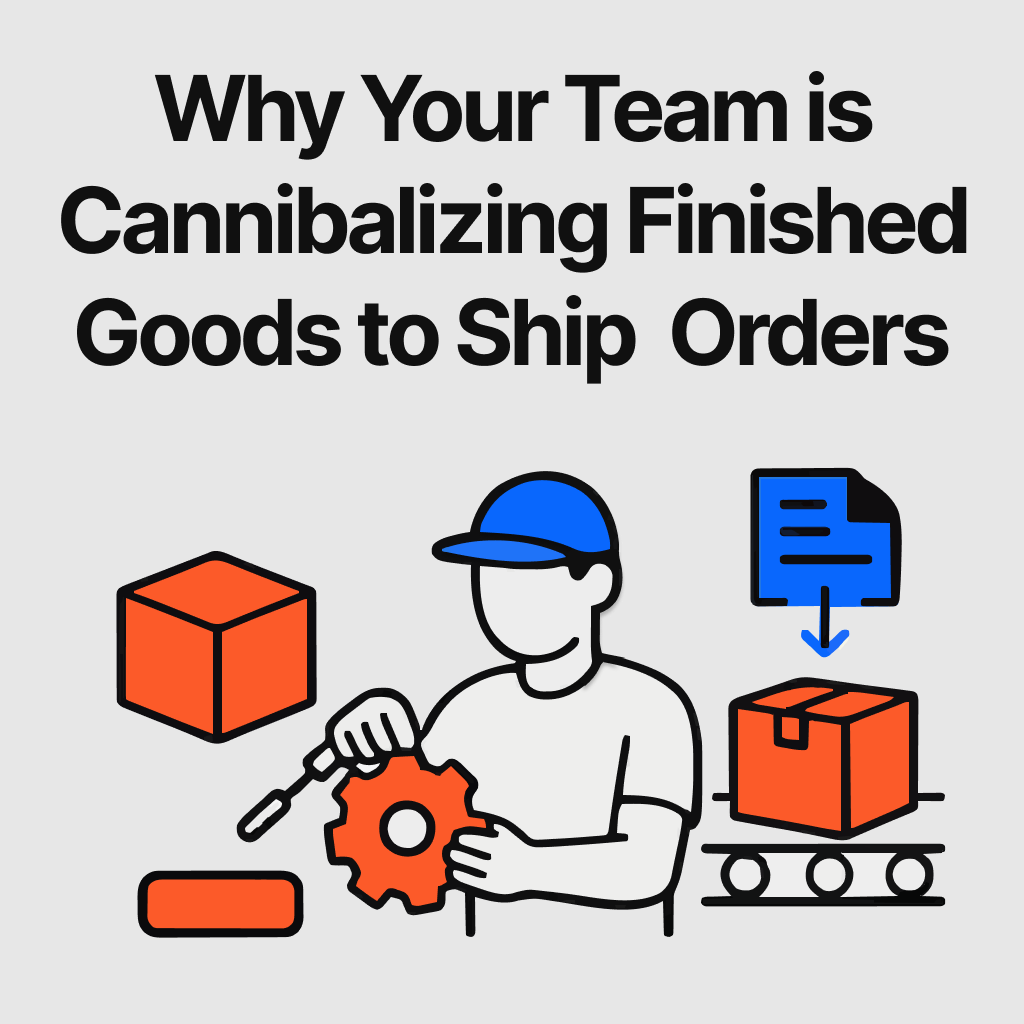The global economic landscape of 2025 presents a paradox for supply chain managers. While the US economy entered the year on a strong footing, mounting risks threaten this stability. Businesses now navigate a complex environment where tariff costs and demand volatility create a perfect storm for inventory management challenges.
The financial impact of these tariffs is staggering. In 2025 alone, tariffs will increase federal tax revenues by $166.6 billion, representing 0.55 percent of GDP and marking the largest tax hike since 1993. For manufacturers and distributors, these aren't just abstract numbers but direct threats to profitability and competitiveness.
These tariff costs don't exist in isolation. They intersect with unprecedented market volatility, creating compounding challenges for inventory management. Market analysts predict 2025 will be a year when volatility is driven by actual events rather than expectations. This shift from speculative to event-driven volatility demands more sophisticated approaches to supply chain management.
For businesses with international supply chains, understanding how tariff costs and demand volatility affect your operations isn't merely about compliance, it's about survival and competitive advantage. This article explores five critical ways these twin forces inflate your inventory expenses and, more importantly, provides actionable strategies to fight back against these rising costs.
Volatile Demand: The New Normal
The volatility in today's markets extends beyond typical business cycles. The Global Supply Chain Volatility Index for January 2025 reveals striking regional differences and emerging trends that complicate demand forecasting. This volatility stems from fundamental shifts in the global economy rather than temporary disruptions.
Supply chain experts have documented dramatic shifts in consumer spending, supply disruptions, and unprecedented market volatility affecting businesses across sectors. These fluctuations in actual demand create ripple effects throughout supply chains, making traditional forecasting methods increasingly unreliable.
Industries particularly vulnerable to demand volatility include fashion, electronics, and seasonal goods, where consumer preferences shift rapidly and product lifecycles continue to compress. The businesses that thrive will be those that develop sophisticated approaches to managing this volatility.
Tariffs: Raising Costs Across the Board
Simultaneously, tariffs have emerged as a significant cost driver for businesses with international supply chains. The scope of these tariff costs is substantial, proposed tariffs range from 10% to 20% on imported goods generally, with rates reaching as high as 145% for imports from China.
The impact varies by industry but is particularly severe in certain sectors. Both the April 2nd tariffs and all 2025 tariffs disproportionately affect clothing and textiles, with apparel prices rising by 17%. This targeted impact creates uneven competitive landscapes within and across industries.
The high costs of new tariffs threaten investment, jobs, supply chains and America's ability to outcompete other nations. Economic research confirms these concerns, noting that tariff-related disruptions have contributed to a decline in manufacturing employment, heightened investment uncertainty and substantial shifts in supply chain operations.
Understanding these dynamics is essential for developing effective cost reduction strategies. The businesses that successfully navigate this environment will be those that recognize how tariff costs and demand volatility interact to create inventory management challenges, and implement targeted approaches to address them.
5 Ways Volatile Demand and Tariffs Inflate Inventory Costs
Method 1: Increased Safety Stock Requirements
When demand becomes unpredictable and supply chains face tariff-related disruptions, the natural response is to increase safety stock levels. This buffer against uncertainty comes at a significant price.
To mitigate potential disruptions caused by tariffs or the threat of future tariff increases, companies often hold increased safety stock. While this approach reduces stockout risks, it introduces substantial carrying costs. The annual additional cost of holding excess inventory typically ranges from 25 percent to 32 percent of the inventory value.
For a business with $10 million in inventory, this means $2.5-$3.2 million in annual carrying costs - a substantial hit to profitability that directly results from the combined effects of demand uncertainty and tariff-related supply chain disruptions.
Method 2: Higher Storage Costs
As businesses increase inventory levels to hedge against tariff costs and demand fluctuations, storage expenses inevitably rise. These costs include warehouse rental, utilities, insurance, handling equipment, and personnel.
In response to rising inventory levels, inventory costs and warehousing prices have shown consistent increases. In February 2025’s industry reading, these metrics reached 77.3 and 77 respectively on the industry index. This trend is further reflected in national in-place rents for industrial space, which averaged $8.43 per square foot in February, representing a 7.1% increase over the previous 12 months.
For businesses already operating on thin margins, these escalating storage costs directly impact profitability and can force difficult tradeoffs between inventory availability and cost control.
Method 3: Increased Risk of Obsolescence
Perhaps one of the most insidious ways that tariffs and demand volatility inflate inventory costs is through increased obsolescence risk. When businesses stockpile inventory to mitigate tariff impacts or demand uncertainty, they face greater exposure to changing market conditions.
Products can become obsolete due to:
- Shifting consumer preferences
- Technological advancements
- Competitive innovations
- Regulatory changes
- Trade policy shifts
While healthy e-commerce businesses typically maintain write-off rates below 1-2%, companies facing both tariff pressures and demand volatility often experience significantly higher obsolescence rates. Proactive inventory controls are essential for monitoring and adjusting inventory levels to mitigate these risks`.
Method 4: Supply Chain Disruptions
Tariffs and demand fluctuations create ripple effects throughout the supply chain, leading to disruptions that directly impact inventory costs. These disruptions manifest as delays, shortages, expedited shipping expenses, and production inefficiencies.
Tariffs have significantly disrupted the accuracy of demand forecasting and inventory planning within global supply chains. When businesses can't reliably predict costs or availability, they often resort to suboptimal purchasing decisions that increase overall inventory expenses.
The financial impact is substantial - according to Gartner, supply chain disruptions cost aerospace manufacturers an average of $184 million per year. While this figure represents one industry, similar proportional impacts affect businesses across sectors dealing with tariff costs and demand volatility.
Method 5: Inaccurate Forecasting
The combination of volatile demand and unpredictable tariff policies makes accurate forecasting exceptionally difficult. Fluctuations in demand levels and patterns challenge businesses to accurately predict customer needs and maintain optimal inventory levels.
The consequences of forecasting errors are twofold:
- Overforecasting leads to excess inventory and associated carrying costs
- Underforecasting results in stockouts, lost sales, and customer dissatisfaction
According to McKinsey & Company, poor forecasting accuracy can result in up to 12% in lost revenue and 7% in excess inventory costs. These figures highlight how forecasting challenges directly translate to financial impacts when businesses face the dual pressures of tariff costs and demand volatility.
%201.svg)








.svg)














.svg)
.svg)

.svg)